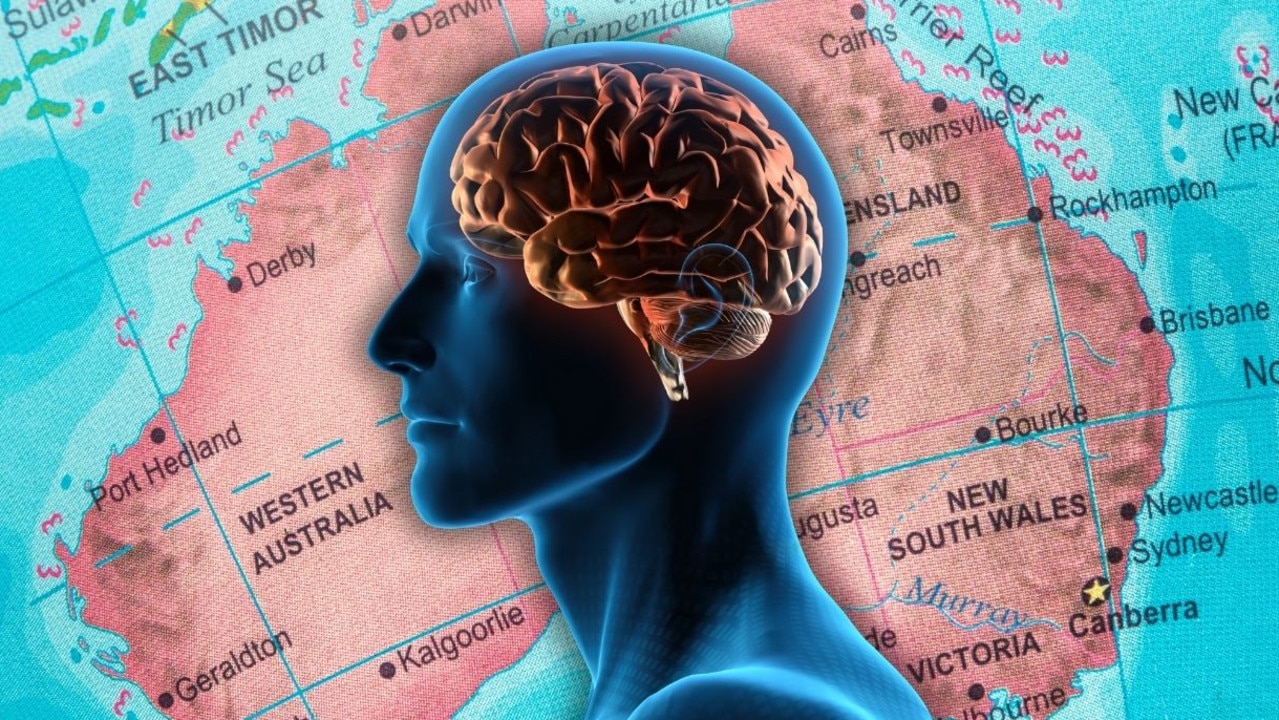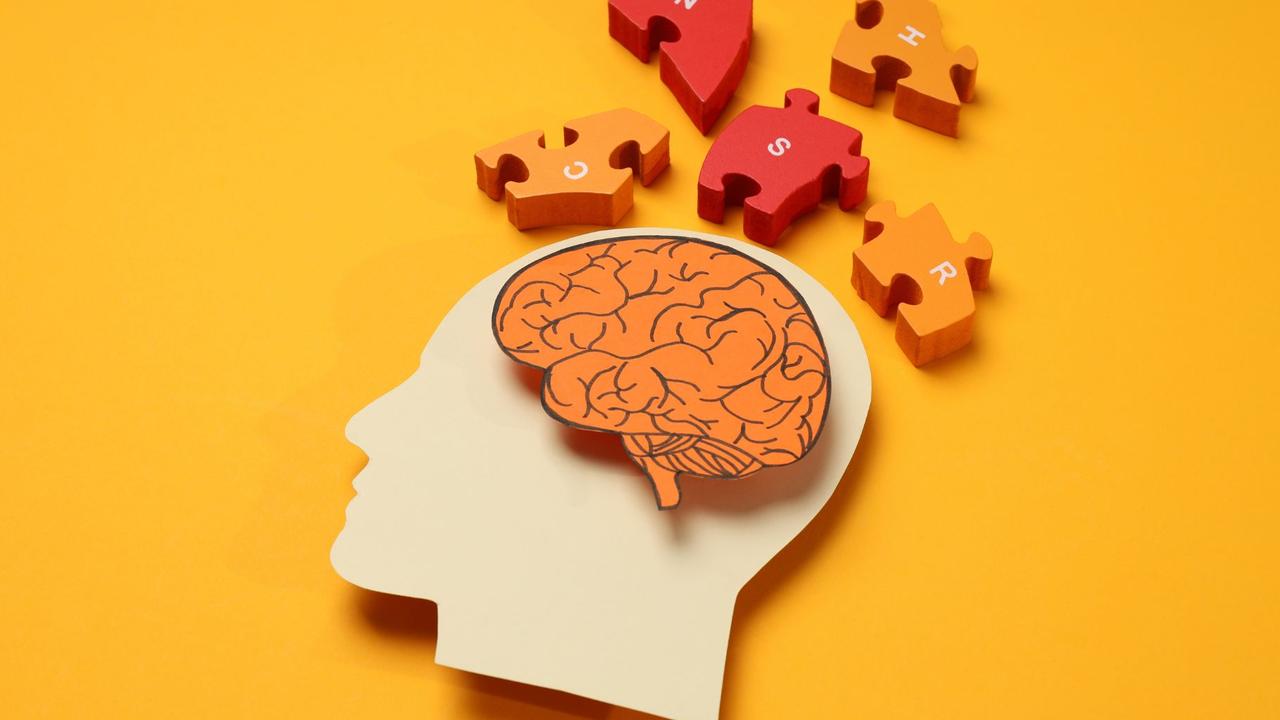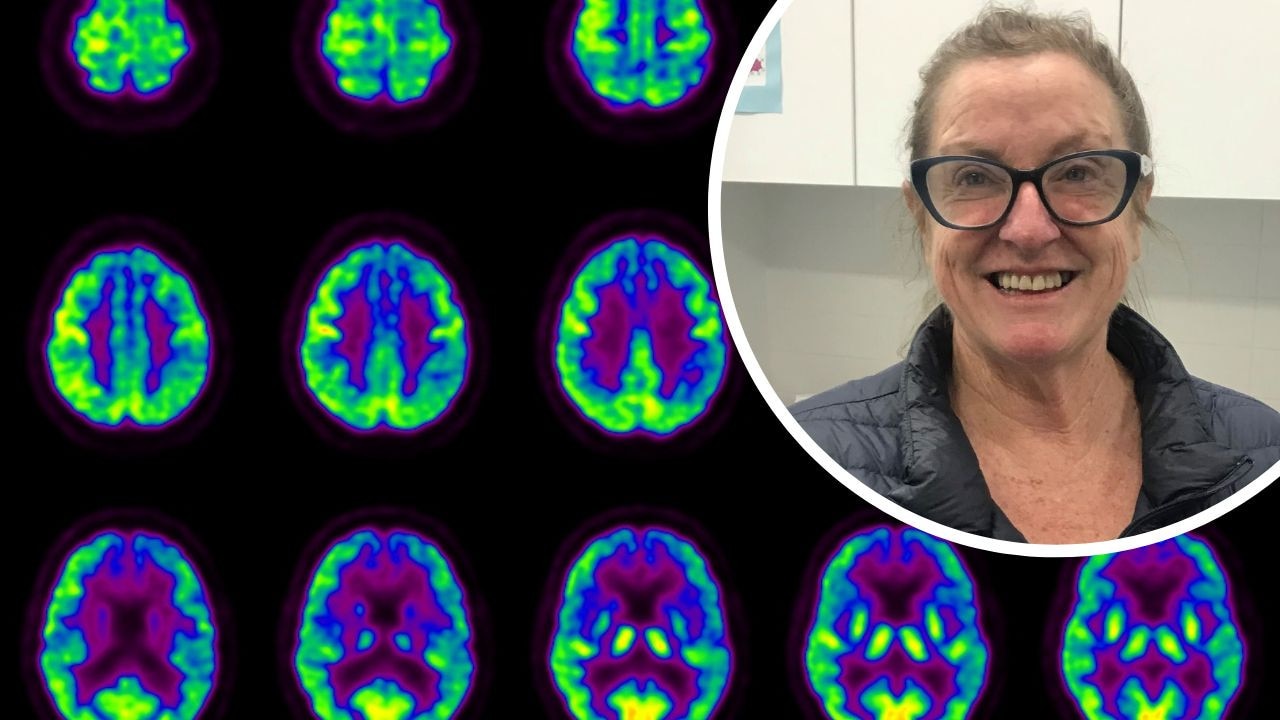Alzheimer’s: The game changers for 2025 to treat this leading cause of dementia
This is the year to be optimistic about dementia, with eight game changers that are starting to translate into the real world.
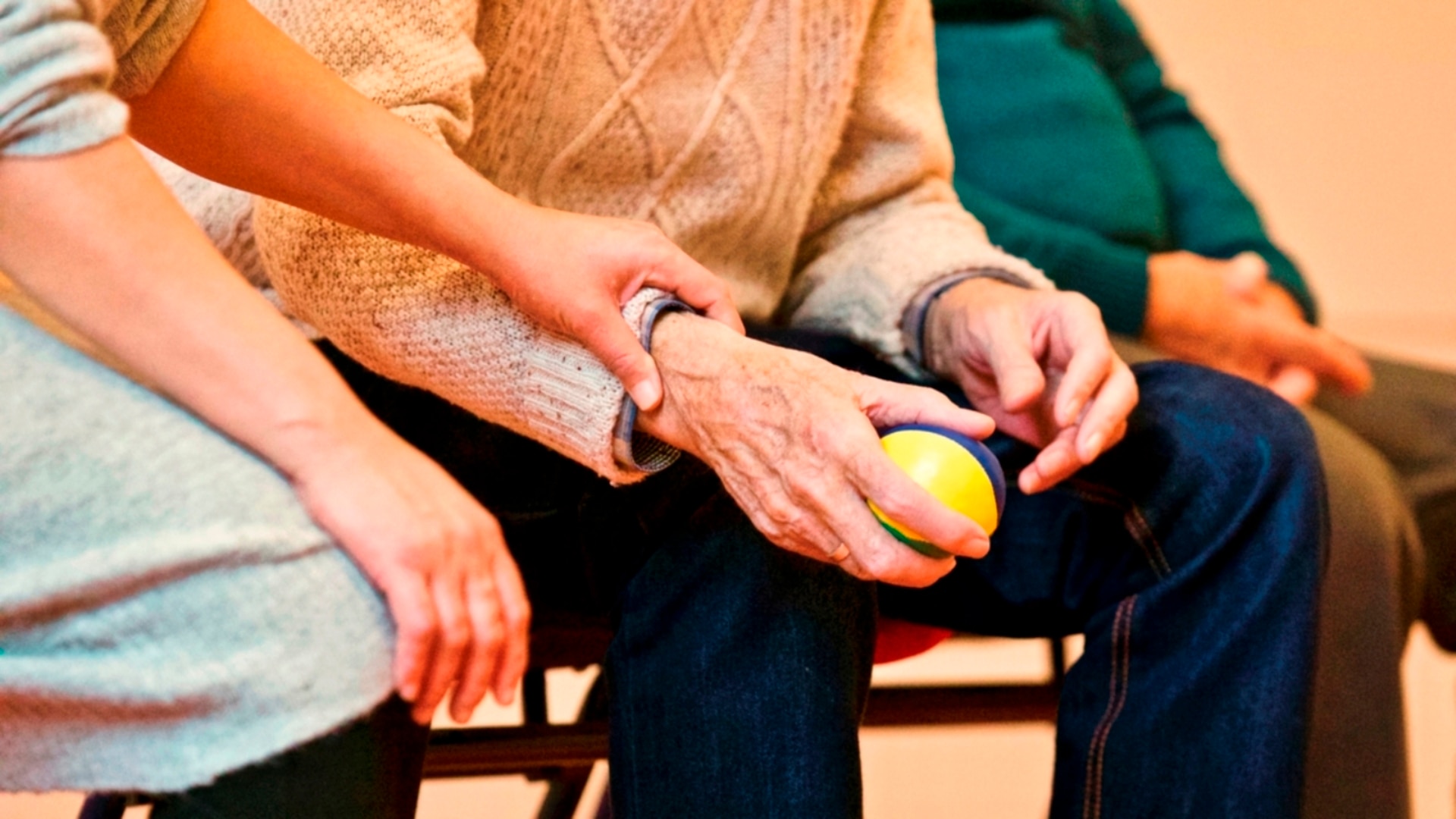
Dementia
Don't miss out on the headlines from Dementia. Followed categories will be added to My News.
This is the year to be optimistic about Alzheimer’s disease says one of Australia’s leading dementia researchers.
Professor Scott Ayton from the Florey Institute says finally we’ve got reason with science on the cusp of “big changes”.
He is the director of the Florey’s Centre of Research Excellence in Enhanced Dementia Diagnosis and heads its Dementia Mission.
“We’re excited because we are starting to see some of our research translate into the real world,” Professor Ayton said.
Alzheimer’s is the most common type of dementia, a disease that affects around half a million Australians by causing life-changing damage to brain cells.
There is no cure – yet.
But better ways to diagnose and treat are tantalisingly close as globally scientists work on ways to slow the progression and manage symptoms.
Blood test
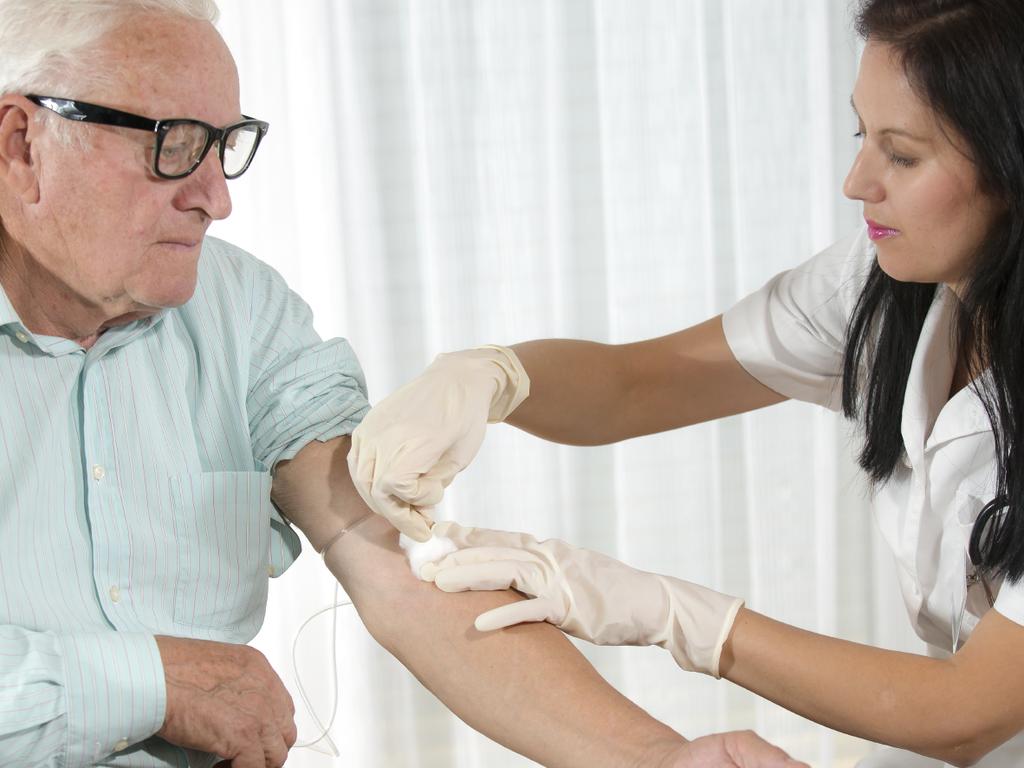
An Alzheimer’s disease biomarker (blood) test is in clinical trials and has the potential to transform how the disease is diagnosed, at an earlier stage and with much greater certainty.
“These new blood tests have been shown to be very accurate at predicting or diagnosing Alzheimer’s disease,” Professor Ayton said.
“We can detect it reliably in the blood in the range of more than 90 per cent accuracy. The hope is this turns into a routine test.”
“Diagnosis of Alzheimer’s disease is accurate now only 70 per cent of the time,” Professor Ayton said. “When we diagnose someone with Alzheimer’s disease, there are lifelong impacts so we want to be certain.”
The Florey has launched the Enhanced Dementia Diagnosis study across Melbourne.
Five memory clinics will be opened that could become a blueprint for diagnosis nationally.
Professor Ayton said as people are diagnosed, they will be able to see specialists in these clinics.
“If successful, and we can certainly foresee a future where the blood test is, you go to the GP and you do a blood test and you see whether you’ve got this accumulation occurring,” he said.
Fingerprick test
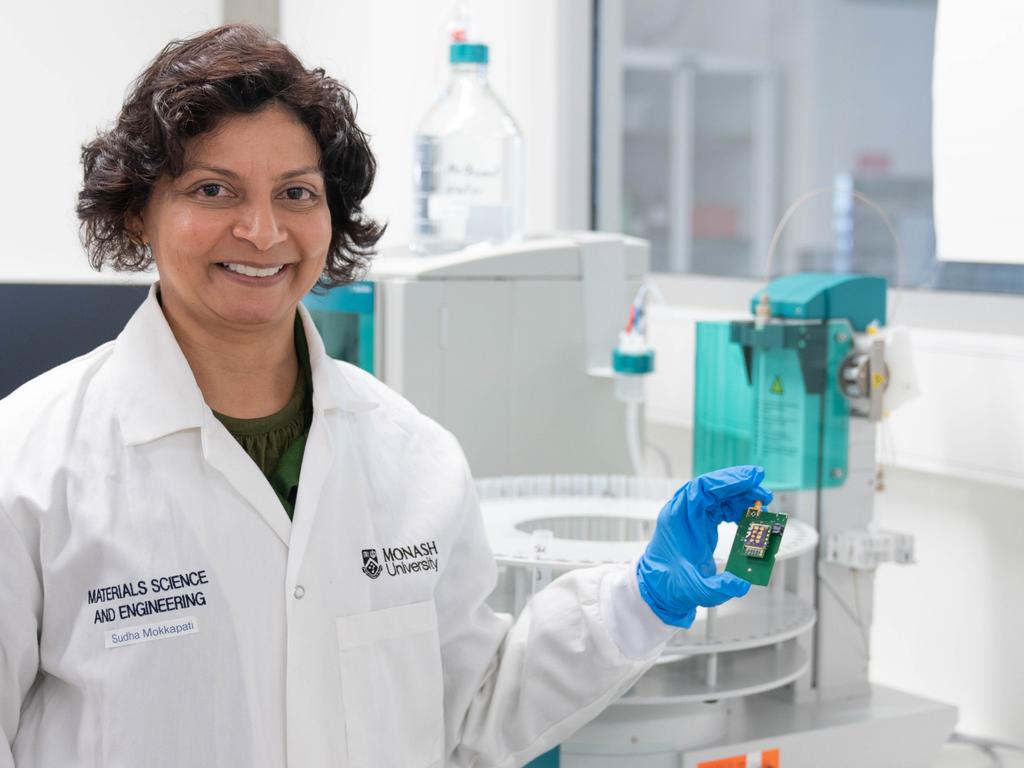
Developed by engineers at Monash University, the fingerpick blood test may allow GPs to quickly screen for Alzheimer’s disease.
Sudha Mokkapati from Materials Science and Engineering at Monash invented the tiny tool she calls CansenS.
It is about the size of a Tic-Tac box and the team hopes it can revolutionise how the disease is diagnosed globally.
Professor Mokkapati says the device, which could sell for about $100, detects an increase in beta amyloids and tau proteins biomarkers before early symptoms develop.
Professor Mokkapati says there has been global interest in the device and she hopes to attract funding for clinical trials “soon”.
Saliva test
The potential of saliva testing was confirmed following the success of rapid antigen tests during the Covid pandemic.
Scientists say saliva is the easiest tissue for people to collect themselves for testing, but the least explored for biomedical purposes.
International teams are working on saliva tests that look not only for Alzheimer’s biomarkers, but also dementia with Lewy Bodies.
New drugs
Australia is assessing disease-modifying drugsto treat Alzheimer’s.
These drugs work to slow cognitive decline associated with the disease by reducing amyloid plaques (the sticky protein thought to cause the disease to advance).
These drugs are not a cure.
Professor Ayton said having an accurate diagnosis of Alzheimer’s was essential before patients were prescribed these type of drugs because they are not effective for other types of dementia.
“These new disease-modifying therapies have been approved in America, Europe, England, Japan, and other jurisdictions around the world and are under assessments by the TGA in Australia,” he said.
“They’re the first drugs that have been shown to slow disease progression.”
New therapies
Florey scientist Dr Xin Huang is working on a new drug after discovering a type of mobile white blood cell that can cross the blood-brain barrier and clean up amyloid-beta, a cause of Alzheimer’s disease.
Dr Huang said they were like professional scavengers in our body and their role was to help identify and eliminate pathogens, clear dead cells and modulate inflammation.
The researchers found their capability to do this diminishes with age and the team is working on a drug that can return the scavenger function to these white blood cells to see if it can manage Alzheimer’s disease.
Clinical trials are also underway for a new therapy called Xanamem. It is early days, but Australian biotechnology company Actinogen Medical reports it helps slow down Alzheimer’s disease and address cognitive decline.
It is designed to prevent the excess production of cortisol in the areas of the brain that are most affected by Alzheimer’s disease.
Austin Health’s Associate Professor Michael Woodward, who is leading the trials, said Xanamem represented a groundbreaking new approach.
“What’s unique about Xanamem is that and there’s never been another drug that can target and control the cortisol synthesis enzyme in brain,” he said.
Vaccines and nasal sprays

Professor Ayton said there was a “huge effort” underway to develop a new class of drug that could harness mRNA technology to deliver therapies directly into the brain.
He said mRNA therapy presented as a potential disruptive technology.
“The Florey has a number of research programs that are aimed at this,” he said.
“We’ve got more excitement now because we’re at the thin edge of the wedge.”
Trials are also happening in the US for immunotherapy nasal sprays, or intranasal vaccine, to potentially treat Alzheimer’s disease. This method is already proven as a safe way to deliver vaccines.
A team at the Brigham and Women’s Hospital in Boston, Massachusetts, is looking at harnessing the immune system to fight Alzheimer’s disease and hope to get FDA approval for the nasal vaccine within five years.
Lead researcher Dr Howard Weiner said if it works, it could potentially be given to people in their 50s or 60s who don’t have Alzheimer’s but may be symptomatic or at risk. “In that sense, it would be like treating high blood pressure to prevent strokes and heart attacks,” he said.
Another at the University of Texas Medical Branch is working on an antibody nasal spray treatment to get rid of the build-up of harmful tau protein in the brain.
The team showed that after a single dose the nasal tau immunotherapy reversed Alzheimer’s pathology in mice.
Their findings were published in the journal Science Translational Medicine.
Screening
A digital health tool developed by the Florey team is also being tested to see if it can help predict the age of onset for early Alzheimer’s disease in older adults.
The Florey Dementia Index (FDI) tool is a computer-generated survey found to pinpoint when memory decline would start to “within a few years”.
This was done by analysing a person’s answers and their age. Clinical trials are next, with the hope it could become a universal screening tool that can be used by doctors.
Lifestyle

Sydney researchers have developed an online dementia-focused lifestyle program.
The team from UNSW’s Centre for Healthy Brain Ageing said the program had “significantly” improved cognition of at-risk Australians over three years in a landmark trial.
Professor Henry Brodaty said many people were unaware up to 45 per cent of dementia cases were potentially preventable, and their project could be the “slip, slop, slap of brain health”.
The ‘Maintain Your Brain’ program targeted dementia lifestyle risks across key areas – physical activity, nutrition, brain training and mental health – via ten-week, personalised modules on each topic.
“(This) is the first in the world to actually show that online intervention can actually improve cognition, and we’re very excited by it,” he said.
“If we could roll this out nationally, this could have a major impact.”
Originally published as Alzheimer’s: The game changers for 2025 to treat this leading cause of dementia


